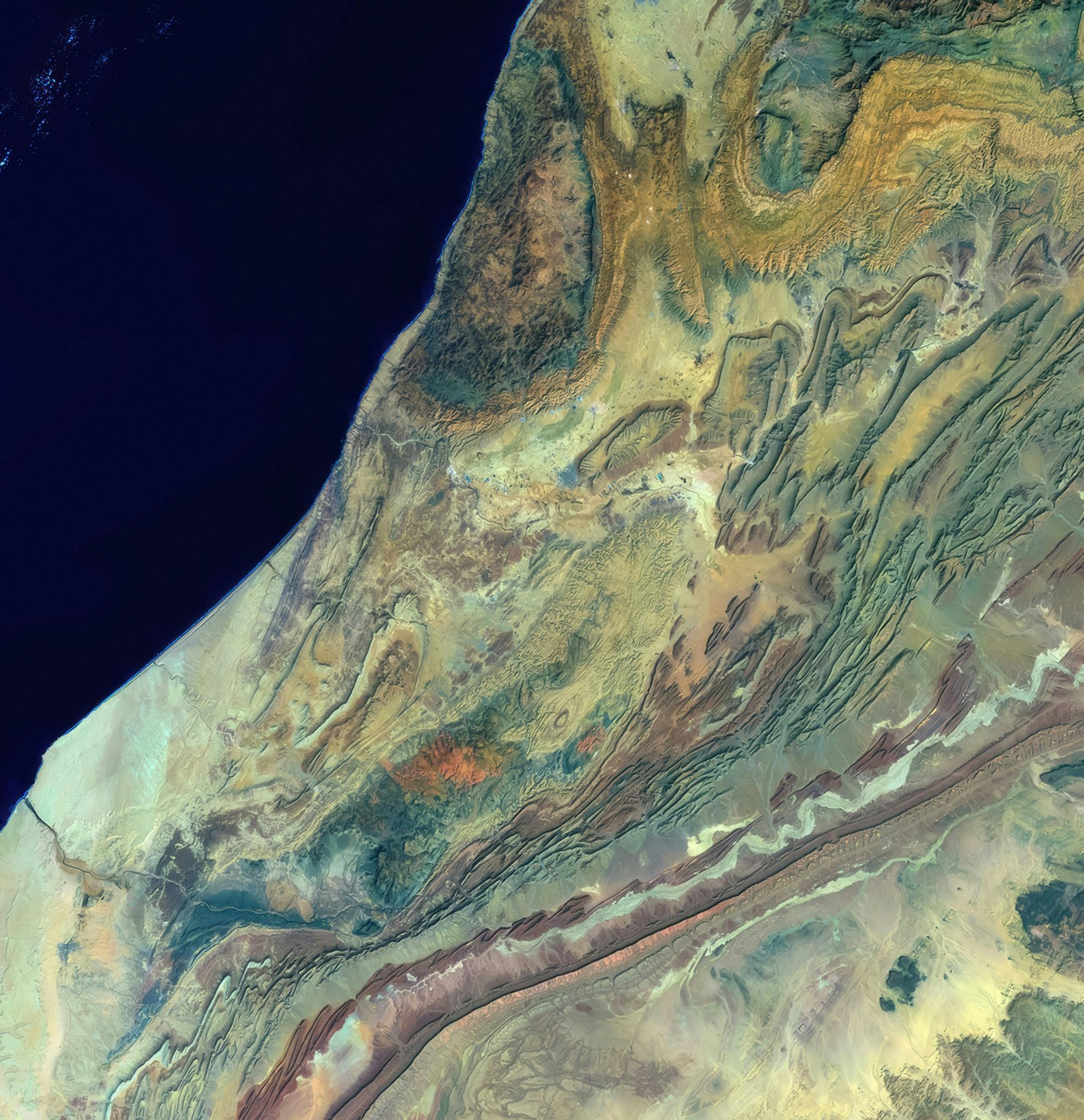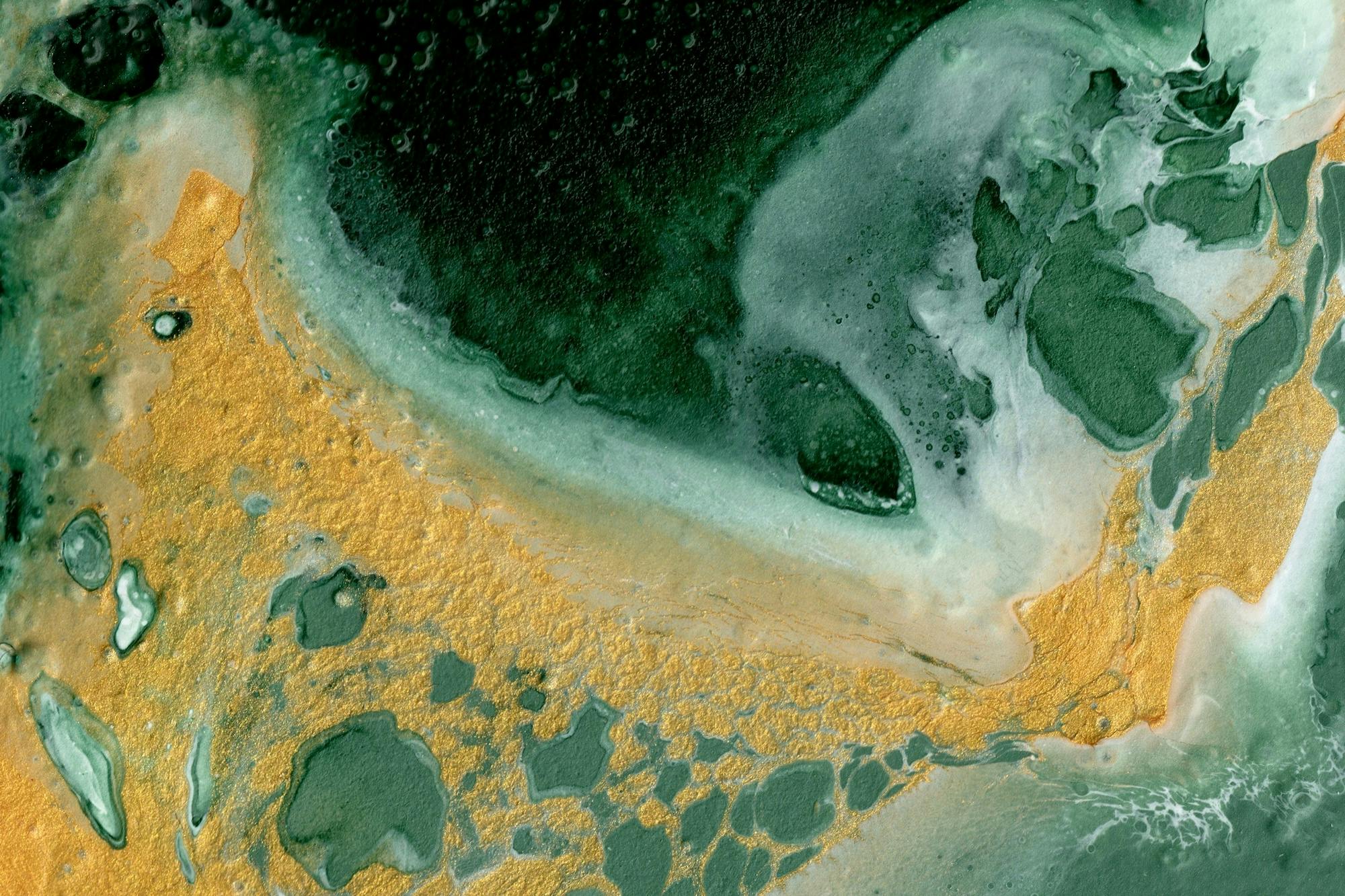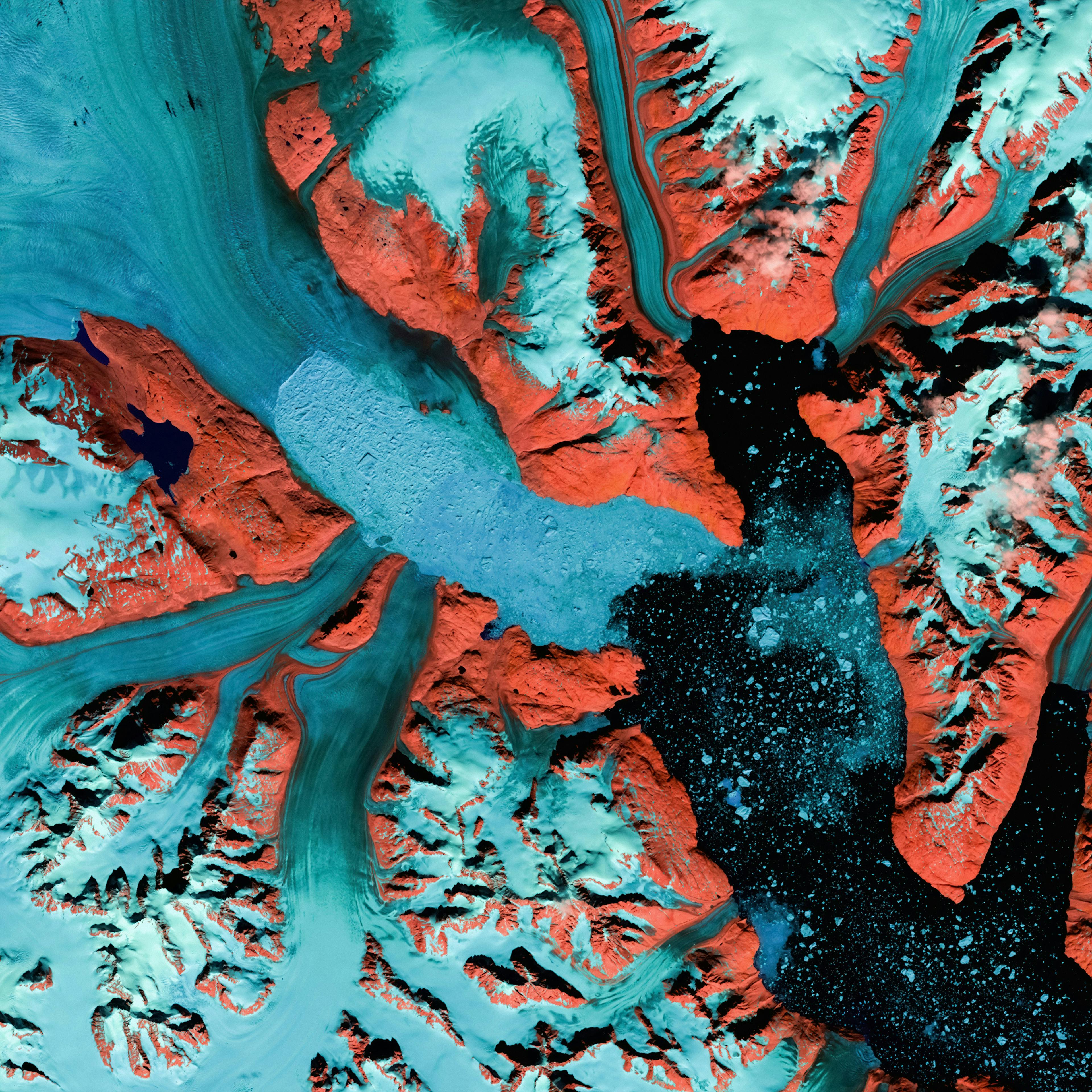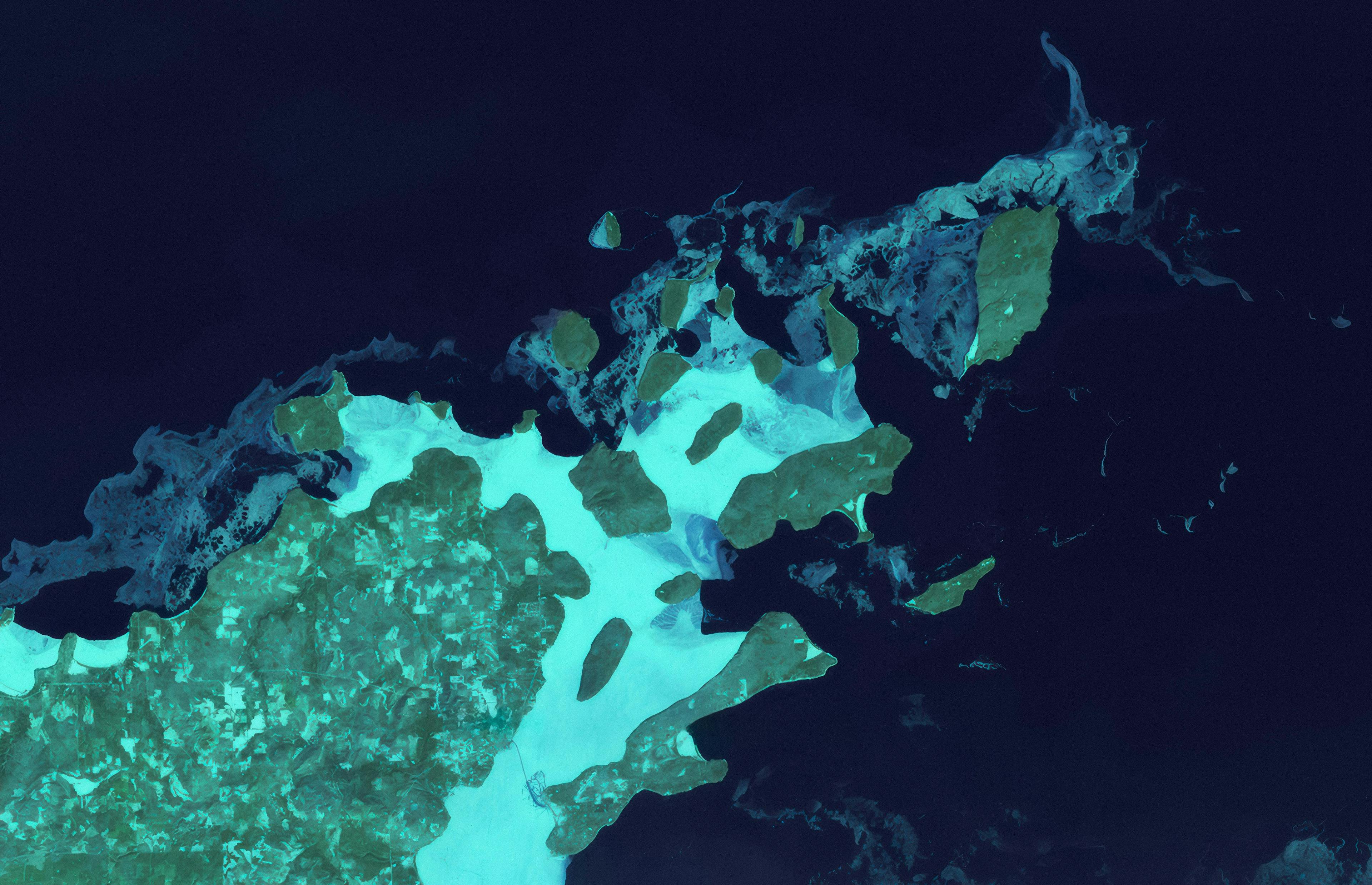
Creating with AI: Can You Still Own Your Artwork?

As AI-generated art becomes more prevalent, a crucial question arises for artists: Can you still own your artwork if it’s created with the help of AI? The rise of generative AI tools has revolutionized the creative process, allowing artists to explore new ideas, push the boundaries of their imagination, and produce work faster than ever before. However, this evolution brings a host of legal and ethical concerns, particularly regarding ownership and intellectual property rights. In this blog post, we’ll explore whether you can truly own AI-assisted creations and how to protect your rights as a creator.
- Understanding Ownership in AI-Generated Art
One of the biggest challenges in AI-generated art is determining ownership. Traditionally, the creator of a work automatically holds copyright over their creation. However, the waters get murky with AI, where a tool contributes significantly to the final result. Who owns the art — the artist who provided the inputs (such as prompts or sketches), or the developer of the AI tool?
In most jurisdictions, AI cannot be considered the author of a work because only humans can hold copyright. However, this doesn’t automatically grant full ownership to the user of the AI tool. Courts and legal systems have yet to definitively rule on these issues, leaving artists to navigate a grey area where ownership is not always clear-cut.
2. Check the AI Tool’s License Agreement
Ownership of AI-assisted artwork is often dictated by the terms and conditions of the generative AI tool you use. Some tools allow users to claim full ownership of the output, while others impose restrictions or require attribution. For example, some AI platforms may retain partial rights to the works created using their models, or limit how the work can be used commercially.
Before using AI tools for creating art, carefully review the licensing agreement to understand what rights you retain, and whether you can sell, distribute, or modify the final artwork without violating the terms.
3. AI and Copyright Law: What’s Protected?
While style itself is not protected under copyright law, the content generated by AI — if sufficiently original — could qualify for protection. Suppose the AI-assisted artwork is a derivative of an existing copyrighted work (e.g., you use an AI to generate a painting in the style of a famous artist). In that case, you may risk infringing on the original artist’s rights, even though the style is not protected.
On the other hand, if your input to the AI tool involves creative decisions and results in a work that reflects your unique expression, that final output may be eligible for copyright protection. To ensure you’re staying within the boundaries of the law, avoid prompts or inputs that may directly mimic or replicate existing copyrighted works.
4. Document Your Creative Process
Document your creative process when using AI to strengthen your claim to ownership. This could include saving drafts, prompt history, and records of how you influenced the AI’s outputs. These records serve as evidence of your creative contribution and prove that you are the primary creator of the final work.
This documentation is particularly important if disputes arise over ownership, or if you plan to commercialize your AI-assisted creations. Having a clear record of your creative decisions can support your claim to authorship, even in cases where AI played a role in generating the artwork.
5. Registering AI-Generated Art: Is It Possible?
In some jurisdictions, you may be able to register AI-generated art for copyright protection, provided that the human input is substantial enough to meet the originality requirement. The U.S. Copyright Office, for example, has made it clear that it will not grant copyright to works created entirely by AI without human input.
However, suppose your work involves significant creative effort in generating prompts, curating outputs, or refining the AI’s results. In that case, you may be able to register it just like any other creative work. Always consult with legal experts in your country to understand the local rules around copyright registration for AI-generated art.
Conclusion: Can You Own AI-Created Art?
In short, yes, you can still own artwork created with AI — provided that you maintain control over the creative process and the terms of the AI tool you’re using don’t restrict your rights. While the legal landscape around AI and intellectual property is still developing, taking proactive steps to document your process, review licensing agreements, and ensure your work meets the originality standard can help protect your ownership rights.
As AI continues to transform the art world, the relationship between human creativity and machine assistance will continue to evolve, but artists can still assert ownership over their AI-assisted creations by being mindful of the legal considerations involved.



